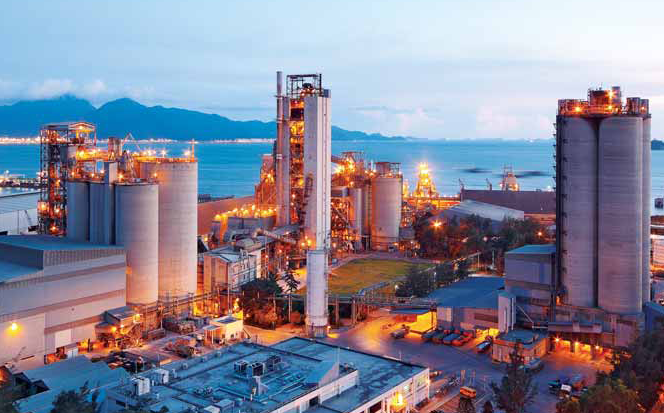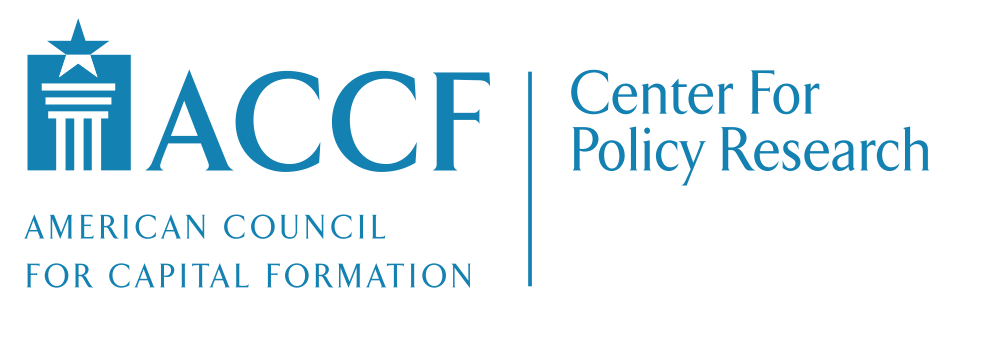


While the regulatory approach to reducing greenhouse gas (GHG) emissions in the United States has largely focused on the power and transportation sectors, it’s clear that substantial reductions by the industrial sector would be needed to meet President Obama’s pledge under the Paris Agreement. This report summarizes a study conducted by NERA Economic Consulting on the potential impacts to the U.S. economy of regulating industrial sector GHG emissions.
Introduction
In 2013, President Obama announced his Climate Action Plan (CAP) to address climate change through a series of executive actions. CAP included a broad suite of regulations and policies implemented by several federal agencies. A central component of CAP directed the U.S. Environmental Protection Agency (EPA) to establish restrictions on carbon dioxide emissions from the electric power sector, triggering development of what became known as the “Clean Power Plan” (CPP). Additional key aspects of CAP were stricter fuel economy standards for light-duty vehicles and heavy trucks, reduced emissions of methane and hydrofluorocarbons (HFCs), and the promulgation of new efficiency standards for appliances and federal buildings. CAP also sought international agreement by the end of 2015 for the creation of a global framework for reducing GHG emissions.
This was accomplished at a December 2015 meeting of the United Nations Framework Convention on Climate Change (UNFCCC) in Paris. The Paris Agreement requires signatory nations to submit, and periodically update, voluntary “Nationally Determined Contributions” (NDC) to reducing GHG emissions.
In its initial NDC, the United States pledged to reduce emissions 26 percent to 28 percent below 2005 levels by 2025. However, as the 2016 Second Biennial Report of the United States of America (USSBR 2016) and many independent analyses show, estimates of the reductions from existing U.S. regulations fall well short of the targets agreed to in Paris by the Obama Administration.
This gap between existing policy and ambition — which only increased once the U.S. Supreme Court placed a stay on the CPP and President Trump announced his intention to withdraw the regulation — amounts to nearly two thirds of the total emission reductions needed to meet the Paris NDC target. Even with CPP in place, the United States would still fall short of its pledge by roughly 50 percent. It’s clear that President Obama’s pledge to reduce GHG emissions by as much as 28 percent cannot be met without additional steep cuts imposed on the industrial sector.
The American Council for Capital Formation Center for Policy Research contracted with NERA Economic Consulting to estimate the potential economic impact of regulating industrial sector GHG emissions sufficient to close the Paris NDC gap. The study analyzes various emission reduction scenarios and reports the results both at the macro and industry levels.
Click to read the Full NERA Report “Impacts of Greenhouse Gas Regulations On the Industrial Sector” Click to read the Summary Report “Impacts of Greenhouse Gas Regulations on the Industrial Sector” Click to read the NERA National Fact Sheet





